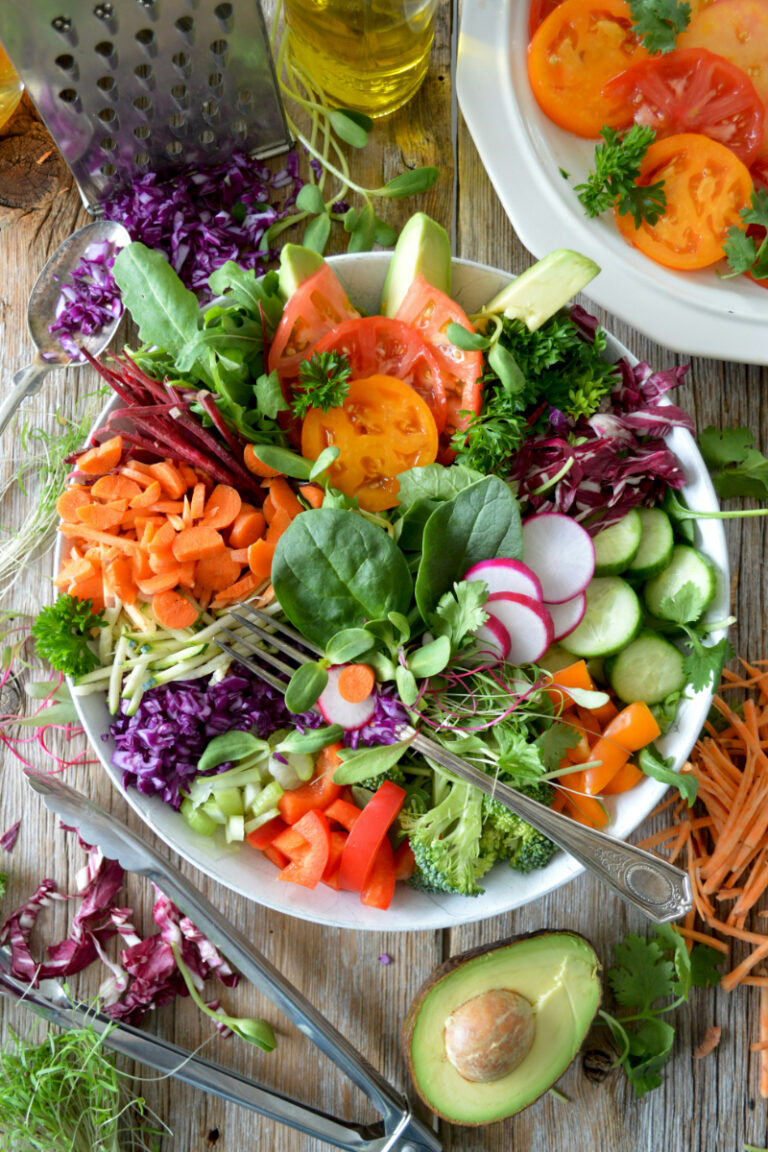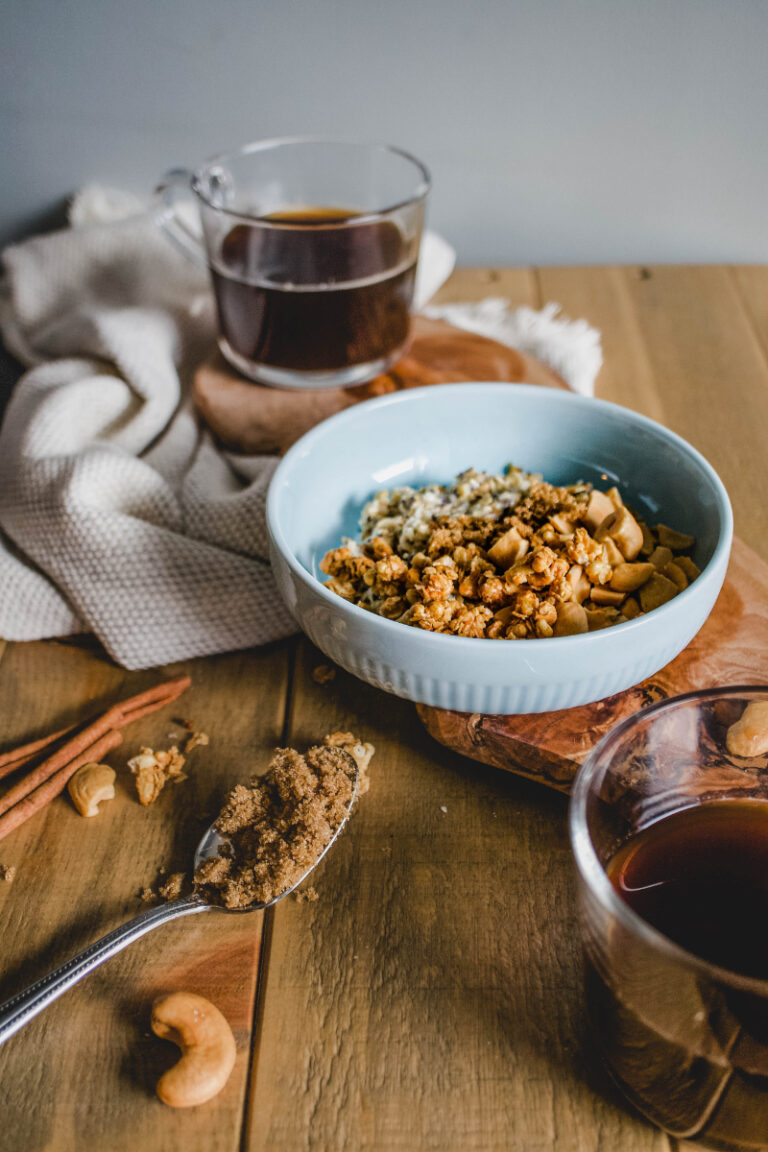How Many Carbs in Mexican Rice: A Friendly Guide to Counting Your Carbs
If you’re a fan of Mexican cuisine, you’ve probably tried Mexican rice at least once. This dish is a staple in many Mexican households and is often served as a side dish to complement main courses like tacos, enchiladas, and burritos. But have you ever wondered how many carbs are in Mexican rice?
The answer to this question depends on several factors, including the recipe, the serving size, and the ingredients used. Generally, Mexican rice is made with white rice, tomatoes, onions, garlic, and spices like cumin and chili powder. Some recipes may also include beans, corn, or peppers. Depending on the recipe and the serving size, a cup of Mexican rice can contain anywhere from 32 to 50 grams of carbohydrates.
If you’re following a low-carb or ketogenic diet, you may want to limit your intake of Mexican rice. However, if you’re looking for a flavorful and filling side dish, Mexican rice can be a great option. By making a few modifications to the recipe, such as using brown rice instead of white, or adding more vegetables and protein, you can make Mexican rice a healthier and more nutritious dish.

Nutritional Profile of Mexican Rice
Mexican rice is a popular side dish that is typically made with white rice, tomatoes, onions, garlic, and a variety of spices such as cumin and chili powder. While it is a delicious addition to any meal, it is important to be aware of its nutritional profile.
Carbohydrate Content
Carbohydrates are the main macronutrient in Mexican rice. According to Carb Manager, one cup of Mexican rice contains 40.8g of total carbs and 37.8g of net carbs. Net carbs are calculated by subtracting the fiber content from the total carbs. Mexican rice has a relatively high carb content, so it may not be the best choice for those following a low-carb diet.
Calories and Macronutrients
In addition to carbs, Mexican rice also contains calories and other macronutrients. According to FatSecret, one cup of Mexican rice contains 199 calories, 8.38g of total fat, 2g of dietary fiber, and 5g of sugar. It also contains 28.57g of total carbohydrates and 5.3g of protein.
It is important to note that the nutritional profile of Mexican rice can vary depending on the recipe and the ingredients used. For example, if the recipe calls for added oils or fats, the fat content and calorie count will be higher. Similarly, if the recipe includes additional vegetables or protein sources, the macronutrient content will be different.
Overall, Mexican rice can be a tasty and satisfying addition to any meal. However, if you are watching your carb intake or trying to maintain a certain macronutrient balance, it may be helpful to be aware of its nutritional profile and adjust your portion size accordingly.
Factors Influencing Carb Content
When it comes to Mexican rice, the carb content can vary depending on several factors. Here are two major factors that influence the carb content of Mexican rice:
Rice Type and Preparation
The type of rice used in a recipe can significantly affect the carb count. For instance, white rice has a higher carb content than brown rice. According to Chef’s Resource, one cup of cooked white rice contains approximately 45 grams of carbohydrates while one cup of cooked brown rice contains about 22 grams of carbohydrates.
Another factor to consider is the preparation method. Some recipes call for frying the rice or using oil, which can increase the carb count. If you’re looking to reduce the carb content of your Mexican rice, consider using brown rice and boiling it instead of frying it.
Portion Size
Portion size is another important factor to consider when it comes to carb content. According to FatSecret, one cup of cooked Mexican rice contains about 28.57 grams of carbohydrates. However, if you’re serving yourself a larger portion, the carb count will increase accordingly.
To keep your carb intake in check, consider measuring out your portions before serving yourself. This will help you keep track of how many carbs you’re consuming and prevent overeating. Additionally, if you’re looking to reduce your carb intake, consider pairing your Mexican rice with a low-carb protein source like grilled chicken or fish.
Comparing Mexican Rice to Other Side Dishes
If you’re trying to watch your carb intake, you might be wondering how Mexican rice stacks up against other popular side dishes. In this section, we’ll compare Mexican rice to beans and tortillas, two other common sides in Mexican cuisine.
Rice vs. Beans
Beans are a staple in Mexican cuisine and are often served as a side dish. They’re also a good source of protein and fiber. However, when it comes to carbs, beans have more carbs than rice. One cup of cooked black beans contains around 40 grams of carbs, while one cup of cooked rice contains around 45 grams of carbs. Keep in mind that the type of bean and how it’s prepared can affect the carb content.
Rice vs. Tortillas
Tortillas are another popular side dish in Mexican cuisine. They’re often used to make tacos, burritos, and other dishes. Flour tortillas tend to have more carbs than corn tortillas. One flour tortilla can contain around 20 grams of carbs, while one corn tortilla contains around 10 grams of carbs. Keep in mind that the size of the tortilla can also affect the carb content.
Overall, when it comes to carbs, Mexican rice falls somewhere in the middle compared to other popular sides in Mexican cuisine. While it has more carbs than corn tortillas, it has fewer carbs than beans. If you’re trying to watch your carb intake, it’s important to pay attention to portion sizes and consider the other ingredients in the dish.






